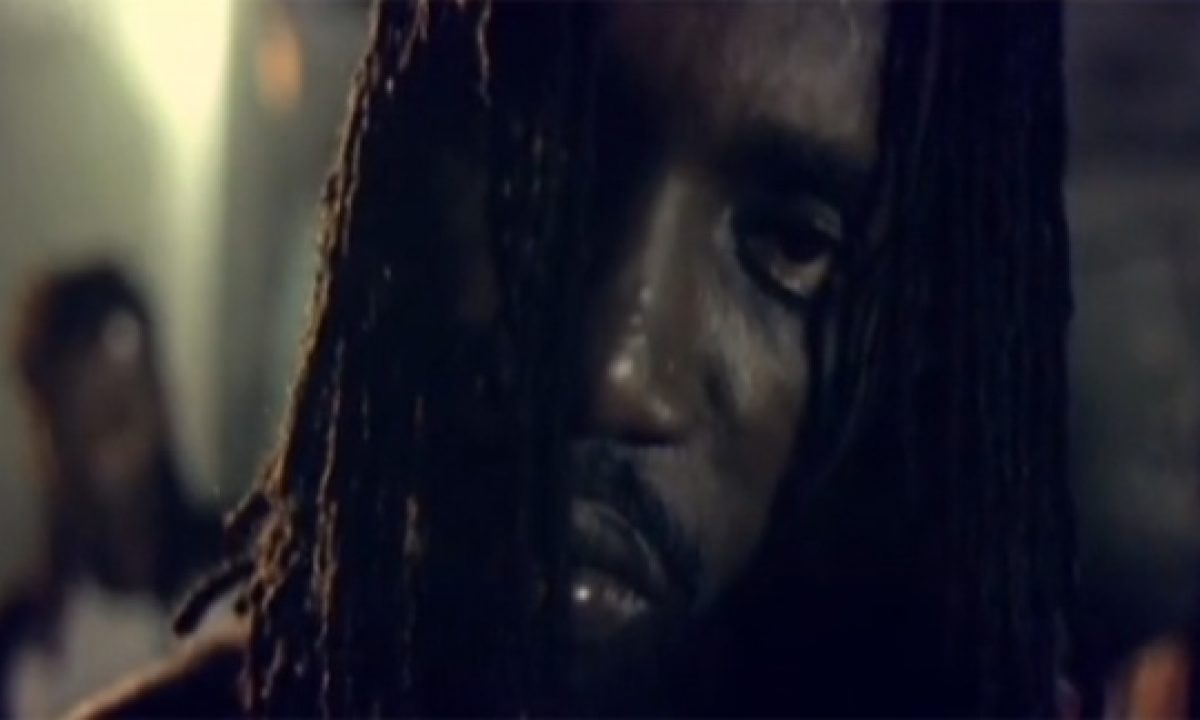

Over time, Rude Bwoys developed into gang formations and became attached to the Jamaican two-party political system. In this way, the Rude Bwoy was marking out a different set of normative terms for this subaltern group’s self-conception-in particular that of a profound notion of respect. For the Rude Bwoy, violence was often a means of creating and safeguarding zones of black masculinity that were at odds with the hegemonic conceptions of the Jamaican nation-state. However, this was not simply the violence of a “lumpenproletariat” preying upon itself and its community, but rather a strategic instrument of self-fashioning. Violence was an integral part of the Rude Bwoy’s repertoire of rebellion. For Ivan, rebellion is captured in the song “You Can Get It If You Really Want,” while the Rastafari’s rebellion is captured by the stoicism of the plaintive “Many Rivers to Cross. Both are rebellious, but the terms of their rebellion are different.

The film puts together the two male subaltern exemplars of early postcolonial resistance: the Rude Bwoy is embodied by Jimmy Cliff’s character “Ivan,” and the Rastafari in the figure of “Pedro,” played by Ras Daniel Hartman. In a seminal essay, Jamaican writer Garth White explains, “Rude Bwoy is that person, native, who is totally disenchanted with the ruling system who generally descended from the ‘African’ in the lower class and who is now armed with ratchets, other cutting instruments and with increasing frequency nowadays, with guns and explosives.1 Perry Henzell’s 1973 film, The Harder They Come, provides a visual representation of this figure. But Rastafari was not the only source of subaltern rebellion indeed, alongside it emerged the figure of the Rude Bwoy. Rastafari was to play an important role in the radicalization of the early postcolonial moment, as it became the central force for radical popular cultural forms. When Creole nationalism culminated in the island’s political and constitutional independence in 1962, and constructed a hegemonic ideology about Jamaicaness, Afro-Jamaican subalterns found an alternative in the politico-religious doctrines and practices of Rastafari-in which Afro-religious practices merged with an African diasporic strain of Ethiopianism. The emergence of the “modern” political moment in Jamaica silenced the practices and narratives of black nationalism. However, this is precisely one of the main features of the present crisis: the erosion and aggressive rejection of the “logic of affliction” in its various forms by many young males. This logic re-emerged in the political language of the Jamaican subaltern in various periods as “sufferers” (both noun and adjective). One of these confrontations was with Christianity and the vigorous attempt to turn the ex-slave into a wage laborer and a “Christian Black.” Central to these confrontations was the emergence of what anthropologist Diane Austin-Broos has called a “logic of affliction,” which over time became an integral part of subaltern humanizing narratives about the meanings of “Black suffering” in the New World.
JAMAICAN MOVIE SHOTTAS 2 SERIES
The abolition of racial slavery created new spaces for the ex-slave to begin a series of confrontations with other primary technologies of colonial rule in the post-emancipation period. Racial slavery was thus a form of domination in which power deployed technologies of rule that targeted the slave body, its objective being not to turn human beings into subjects but into objects and things. Racial slavery under British colonialism combined different kinds of violence: the violence of founding colonial conquest of legitimation and, finally, of absolute domination, in which the body of the slave was not only property but a thing, a res, an excluded body. What the contemporary crisis may tell us about the relationship of power to violence is related to a few critical elements in the historical construction of power in Jamaican society.

Moreover, we need to begin to grapple with violence and its relationships to power. This crisis is also compounded by the visible absence of mass radical political will, political imagination and radical or even progressive agendas.įor us to grasp the complexities of the crisis, it helps to explore how the battle for power operates in the different terrains outside formal institutional political authority in Jamaica.

The ongoing murders in Jamaica, the 2005 spate of bomb attacks along with the sharp rise in kidnappings in Trinidad, and the growing number of persons violently killed in Guyana speak not of a mundane problem in the postcolonial Caribbean, but of a crisis we have yet to name. Violence is perhaps the single most discussed issue in many Anglophone Caribbean societies today.


 0 kommentar(er)
0 kommentar(er)
